When you find water dripping into your home, it’s crucial to determine the source of the leak as quickly as possible. Proper identification of the problem is the first step in resolving it effectively. Leaks can be caused by either a damaged roof or faulty pipes, and knowing how to distinguish between the two is essential for prompt repair.
Identifying the source of a leak is crucial for safe and effective home repairs. A roof leak can cause significant structural damage to your home while a pipe leak can lead to mold growth and even water damage to walls and floors.
Key Takeaways:
- Being able to differentiate between a roof leak and a pipe leak is important for timely and effective repairs.
- A roof leak can lead to structural damage while a pipe leak can cause mold growth and water damage to walls and floors.
Signs of Roof Leaks
If you suspect a roof leak in your home, it is important to act quickly to prevent further damage. Some leaks may be obvious, while others may be more difficult to detect. Here are some signs to look out for:
- Water Stains: The most common sign of a roof leak is a water stain on the ceiling or walls. These stains may appear yellow or brown, and they may expand over time. If you notice a water stain, it is important to investigate the source of the leak.
- Dampness: Another sign of a roof leak is dampness or a musty odor. If you notice a damp spot on the ceiling or walls, it may indicate a leak in the roof.
- Mold Growth: Mold growth is a serious sign of a roof leak. Mold thrives in moist environments, and a leaky roof can provide the perfect conditions for mold to grow. If you notice any mold growth, it is important to get it treated immediately to prevent health hazards.
- Unusual Sounds: Sometimes you may hear unusual sounds that indicate a roof leak. These sounds can include dripping, creaking, or cracking noises. If you hear these sounds, it is important to investigate the source of the noise.
If you notice any of these signs, it is important to diagnose the issue quickly to prevent further damage and costly repairs.

According to the National Roofing Contractors Association, homeowners should inspect their roofs at least twice a year, ideally in the spring and fall, to identify any potential issues before they turn into major problems.
Signs of Pipe Leaks
If you suspect a pipe leak in your home, there are several signs you can look out for to confirm your suspicions. By identifying these indicators early on, you can prevent water damage and avoid costly repairs.
Water Damage Near Pipes: One of the most common signs of a pipe leak is water damage near the pipes. Wet spots or staining on walls or ceilings, as well as rust or discoloration around joints or connections, can all indicate a leaking pipe.
Changes in Water Pressure: Another sign of a pipe leak is changes in water pressure. If you notice a decrease in water pressure in one area of your home or an unexpected increase in your water bill, it could be due to a pipe leak.
Unusual Sounds: Unusual sounds, such as hissing, gurgling, or banging, coming from your pipes can also indicate a leak. These sounds occur when water is escaping from a pipe and air is entering.
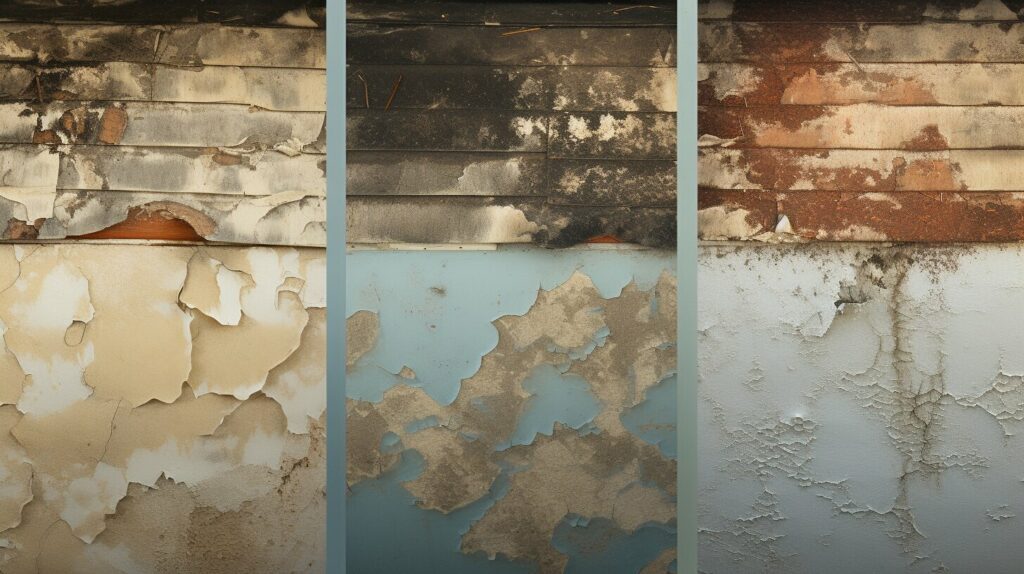
To diagnose and repair a pipe leak, it is important to seek professional assistance. Attempting to fix complex plumbing issues on your own can be dangerous and lead to further damage. By trusting a licensed plumber, you can ensure the problem is accurately diagnosed and properly fixed.
Distinguishing Between Roof Leaks and Pipe Leaks
Identifying the source of a leak is critical for effective home repairs. Knowing the difference between a roof leak and a pipe leak is essential, as each requires different repair methods. Here are some tips for distinguishing between roof leaks and pipe leaks:
Observing the Source of the Water
The first step in identifying the location of a leak is observing the source of the water. If the water is coming from the ceiling or high up on the wall, it’s likely a roof leak. On the other hand, if the water is coming from a lower area, near a pipe or appliance, it could be a pipe leak. However, keep in mind that water can travel a long way from the source of the leak before becoming visible.
Examining the Surrounding Areas
Next, carefully examine the surrounding areas for any visible damage or signs. Look for water stains, dampness, or mold growth on walls or ceilings. If the affected area is near a pipe, look for wet spots, rust, or discoloration. These signs indicate a pipe leak. If the signs are on the roof or high up on a wall, it’s likely a roof leak.
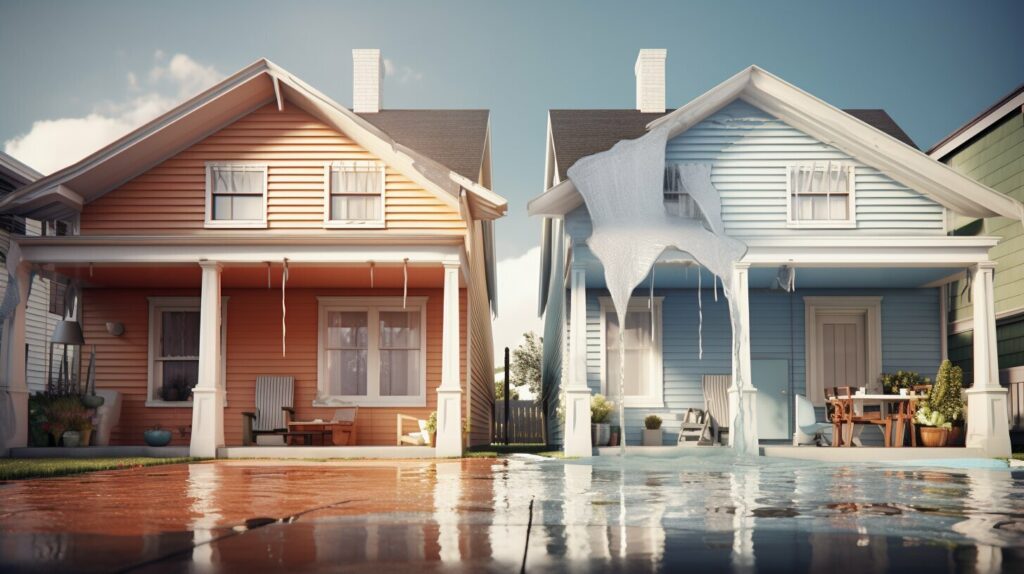
Running a Water Flow Test
If you’re still unsure about the source of the leak, you can conduct a water flow test. Turn on the water in different areas of your home and observe any changes in leaks or dampness. If the water flow test results in increased leaks or dampness in certain areas, it’s likely a pipe leak.
Being able to distinguish between roof leaks and pipe leaks is crucial for effective home repairs. If you’re uncertain about the source of the leak or the repair seems complex, it’s best to seek the help of a professional plumber or roofing expert.
Testing Water Flow
When you’re unsure whether a leak is coming from your roof or pipes, conducting a water flow test can help you identify the source.
To begin, turn on a faucet on the highest level of your home and let the water run for a few minutes. Then, check the ceiling and walls below for any signs of dampness or leaks. If you notice any water damage, it could be a sign of a roof leak.
Next, turn off all the water in your home and check your water meter. Wait a few hours and then check it again. If the meter has moved, it could be a sign of a pipe leak.
Comparing the signs of roof and pipe leaks with the results of this test can help you narrow down the potential source of the issue.
Remember, if you’re still unsure or the problem seems complex, it’s always best to seek professional help to accurately diagnose and fix the issue.
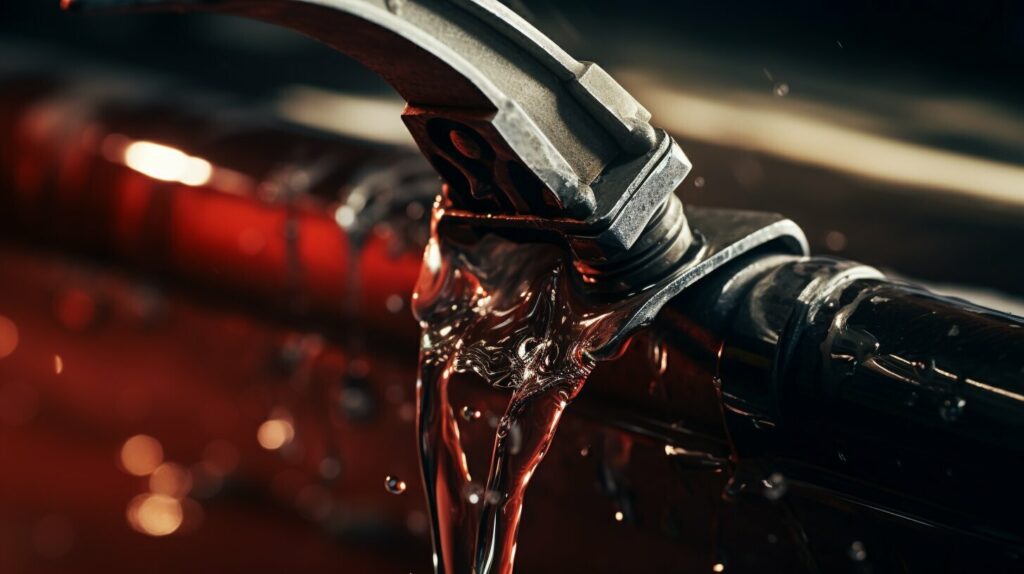
Professional Help:
If you are unsure about diagnosing roof leaks and pipe leaks, or the repair process seems overwhelming, do not hesitate to seek professional help. Plumbers and roofing experts have the knowledge and experience to accurately identify the source of the leak and provide effective solutions.
Attempting complex repairs without the proper knowledge can lead to further damage to your home and potentially create safety hazards. It is essential to understand when a problem is beyond your capabilities and to reach out for assistance when needed.
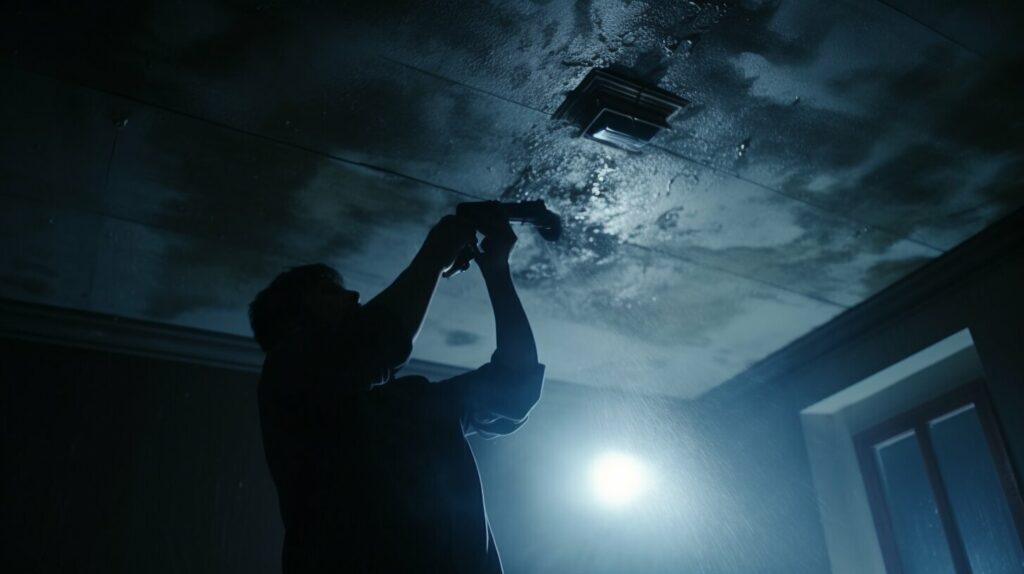
When contacting a professional, be sure to provide as much detail as possible about the issue. This can include any visual signs of leaks, unusual noises, or changes in water pressure. The more information you provide, the more accurately the problem can be diagnosed.
Remember, detecting roof and pipe leaks can be challenging, and it is always better to be safe than sorry. Seeking the help of an experienced professional can save you time, money, and unnecessary stress in the long run.
Repairing a Roof Leak
If you have identified the source of your roof leak, it’s time to get to work on fixing the problem. There are several basic repair methods that you can try, but it’s important to remember that more complex repairs may require the assistance of a roofing professional.
One common method of repairing a roof leak is by patching the damaged area. This involves sealing the leak with roofing cement or a patching material, such as a piece of metal or rubber. Make sure to clean the area thoroughly before applying the patch and use a putty knife to spread the cement evenly.
If the leak is caused by damaged or missing shingles, you can replace them yourself by removing the old shingle and replacing it with a new one. You’ll need to lift the shingles above the damaged area and remove any nails or adhesive holding them in place. Then, slide the new shingle into place and nail it down securely.
| Tip: | When working on your roof, always be sure to wear appropriate footwear with good traction to prevent slipping. |
|---|
Remember that addressing roof leaks promptly is essential to prevent further damage to your home’s structure. If you are unsure about how to make a repair or the damage is extensive, it’s best to call in a professional.
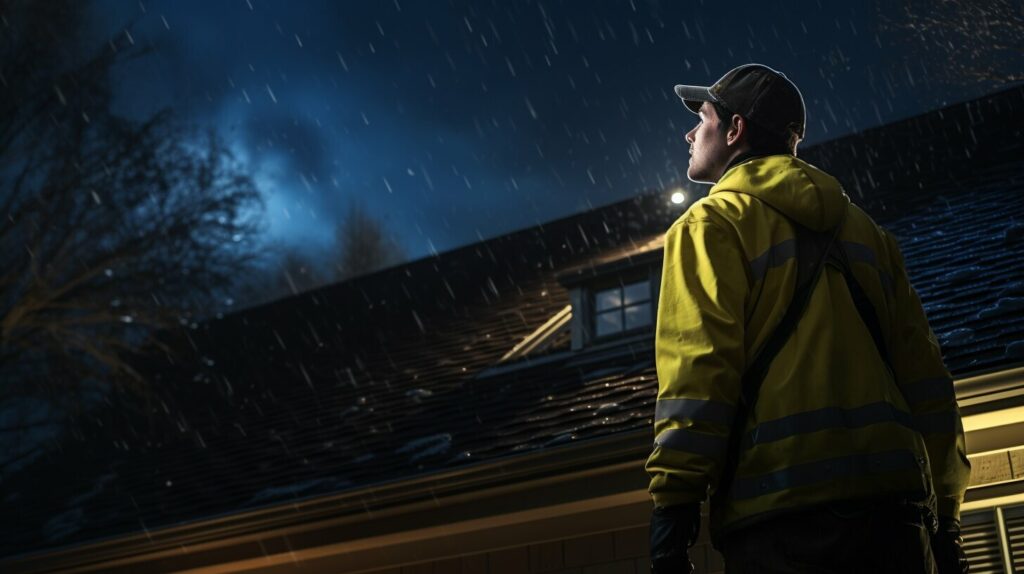
Diagnosing and fixing roof leaks can be a daunting task, but with the right tools and knowledge, it is possible to make effective repairs yourself.
Fixing a Pipe Leak
When it comes to fixing a pipe leak, it’s important to proceed with caution as it can be a complex and potentially hazardous task. Here are the steps you should take to safely and effectively repair a pipe leak.
Step 1: Shut off the water supply
Before you can begin the repair, you must first turn off the main water supply to your home. This will prevent any further water damage and make the repair process safer.
Step 2: Identify the damaged section
Carefully inspect the affected pipe and determine the location of the leak. You may need to cut away any damaged or corroded sections of the pipe to access the source of the leak.
Step 3: Repair or replace the affected pipe
Once you have identified the damaged section, you can begin the repair process. Depending on the extent of the damage, you may need to replace the entire section of the pipe or simply apply a patch or sealant to the area.
Step 4: Seek professional assistance if necessary
If the repair is complex or requires specialized knowledge, it’s best to seek the help of a professional plumber. Attempting to fix a complex pipe leak on your own can lead to further damage and potentially hazardous situations.
Remember, regular maintenance and prompt repairs can help prevent pipe leaks from occurring in the first place. By diagnosing and detecting pipe leaks early on, you can save yourself time and money in the long run.

Distinguishing Between Roof and Pipe Leaks
Identifying the source of a leak in your home can be a challenging task, especially when it comes to differentiating between a roof leak and a pipe leak. While both types of leaks can cause damage to your home, the solutions for fixing them vary significantly. Here are some tips for distinguishing between roof and pipe leaks:
Comparing Roof and Pipe Leaks
Roof leaks are typically caused by damaged shingles, flashing, or other components of the roof. These leaks often result in water stains on the ceiling or walls, dampness, and mold growth. On the other hand, pipe leaks are commonly caused by corrosion, rust, or wear and tear over time. These leaks can result in wet spots, discoloration, and changes in water pressure or unexpected noises.
When comparing roof and pipe leaks, it is important to pay attention to the location of the leak and the surrounding areas. If you notice water stains or dampness on the ceiling or walls near pipes, it is likely a pipe leak. However, if you notice the same signs on the roof or in the attic, it is likely a roof leak.
Preventing Leaks
Preventing leaks in your home can save you time and money in the long run. Regular maintenance is key to preventing both roof and pipe leaks. Make sure to inspect your roof for any damaged shingles or flashing, and check your pipes for signs of wear or corrosion. Addressing minor issues promptly can also help prevent major leaks in the future.
When it comes to your roof, consider investing in high-quality materials and proper installation. This can reduce the risk of leaks caused by poor craftsmanship or cheap materials. Additionally, make sure to keep gutters and downspouts clear of debris to prevent water from backing up and causing damage.
For your pipes, consider having them inspected by a professional plumber on a regular basis. This can help identify any potential issues before they become major leaks. You can also install water alarms to help detect leaks early.
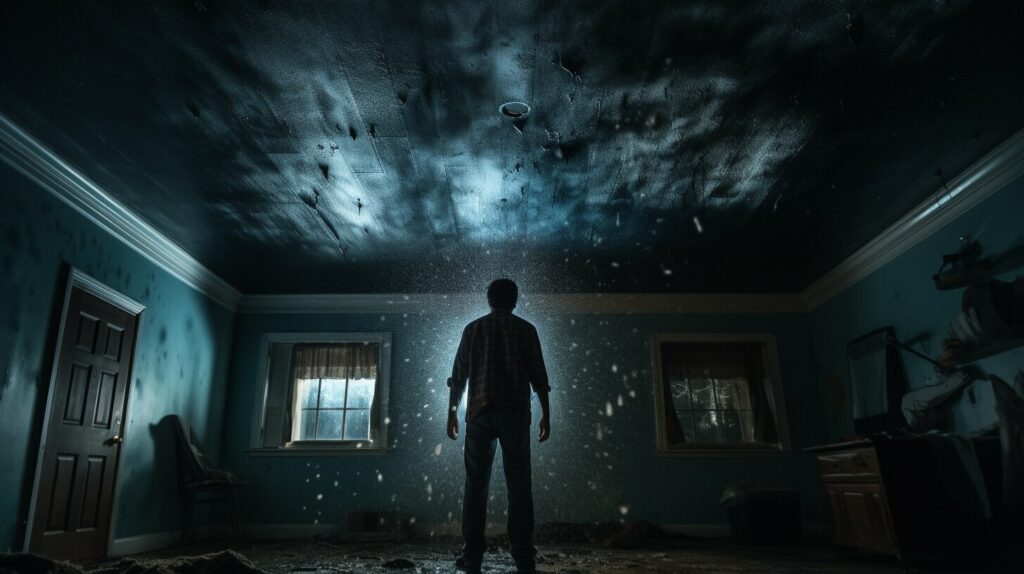
Distinguishing between roof and pipe leaks can be a challenge, but by knowing what signs to look for and taking preventive measures, you can keep your home dry and safe from water damage.
Conclusion
Congratulations! You’ve now learned how to differentiate between a roof leak and a pipe leak. Remember, accurately identifying the source of a leak is crucial for effective home repairs. By understanding the signs of roof and pipe leaks, you can diagnose the issue and prevent further damage to your home.
If you’re unsure about the source of a leak, don’t hesitate to seek professional assistance. Calling a plumber or roofing expert can save you time and money in the long run.
Remember to regularly inspect your roof and pipes for any potential issues. Timely maintenance and repairs can prevent major leaks and extend the life of your home’s structure. By following these tips, you can keep your home safe and dry.
Thank you for reading and happy repairing!
FAQ
Q: How can I tell the difference between a roof leak and a pipe leak?
A: To differentiate between a roof leak and a pipe leak, you can consider the location and signs of the leak. Roof leaks often show visual signs such as water stains, dampness, and mold growth in the ceiling or attic. Pipe leaks, on the other hand, may cause wet spots, rust, or discoloration near the pipes. Additionally, changes in water pressure or unexpected noises can suggest a pipe leak.
Q: What are the signs of roof leaks?
A: Common signs of roof leaks include water stains on ceilings or walls, dampness in the attic, mold growth, musty odors, and visible damage to shingles or roof materials. Unusual sounds, such as dripping or creaking, may also indicate a roof leak.
Q: What are the signs of pipe leaks?
A: Signs of pipe leaks include wet spots or puddles near pipes, rust or discoloration on plumbing fixtures, a decrease in water pressure, unexpected noises when using water fixtures, and an increase in water bills. Mold growth or a musty odor may also be present if the leak has been ongoing.
Q: How can I determine the location of the leak?
A: To determine the location of the leak, observe the source of the water and trace it back to its origin. Carefully inspect the surrounding areas for any visible damage or signs of leaks, such as water stains, dampness, or mold growth. This can help distinguish between a roof leak and a pipe leak.
Q: How can I further differentiate between a roof leak and a pipe leak?
A: You can conduct a water flow test by running water through different fixtures and observing any changes in leaks or dampness. If the water flow affects the leak, it is likely a pipe leak. However, if the leak persists regardless of the water flow, it may be a roof leak.
Q: When should I seek professional help?
A: It is important to seek professional assistance when necessary. If you are unable to determine the source of the leak or if the repair is complex, calling a plumber or a roofing expert can ensure an accurate diagnosis and proper repair. Attempting complex repairs without proper knowledge may lead to further damage.
Q: How do I repair a roof leak?
A: Repairing a roof leak involves patching the damaged area or replacing shingles. Start by identifying the source of the leak and carefully inspecting the surrounding roof materials. Apply roofing cement or patching material to seal the damaged area or replace the affected shingles. Promptly addressing roof leaks is crucial to prevent further damage to the structure of the house.
Q: How do I fix a pipe leak?
A: To fix a pipe leak, safely shut off the water supply before beginning any repairs. Identify the damaged section of the pipe and repair or replace it according to the type of pipe and the extent of the damage. It is important to mention that working with plumbing systems can be hazardous, and complex repairs may require professional assistance.
Q: How can I prevent leaks in my home?
A: To prevent leaks, regular maintenance is essential. Inspect the roof for potential weak spots or damaged shingles and address them promptly. Check pipes for any signs of wear or corrosion and replace them if necessary. Addressing minor issues promptly can help avoid major leaks in the future.
Q: What is the importance of accurately identifying the source of a leak?
A: Accurately identifying the source of a leak is crucial for effective home repairs. It allows you to address the specific issue without wasting time and resources on unnecessary repairs. Properly fixing the leak ensures the integrity of your home’s structure and prevents further damage or costly repairs in the future.